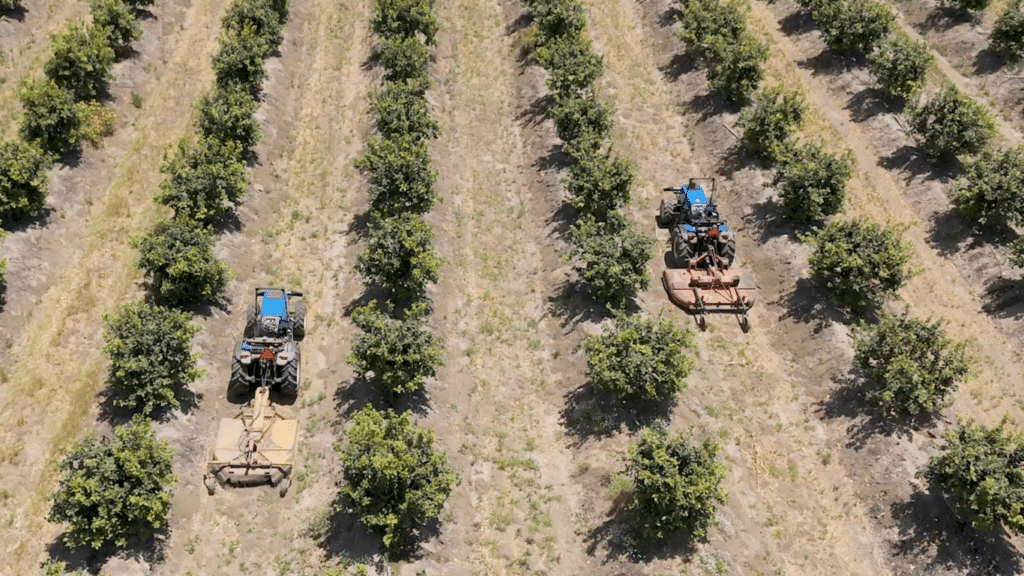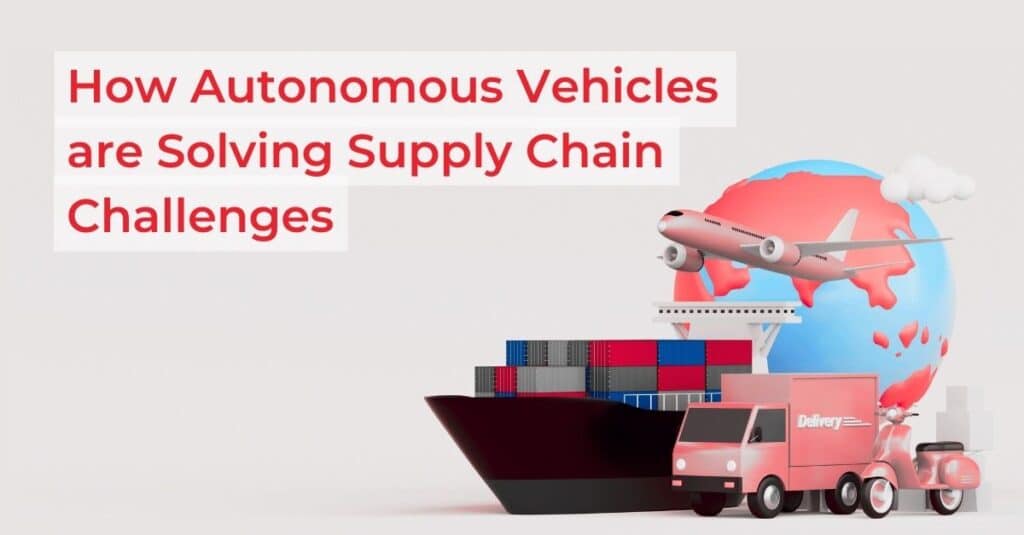From AGVs to Autonomous Terminal Tractors- what can container terminal operators learn from intralogistics?
From AGVs to Autonomous Terminal Tractors – what can container terminal operators learn from intralogistics? Container terminal operators face significant challenges, with growing freight volumes, port congestion, and truck driver shortages impacting efficiency and profitability. As operators increasingly turn to automation, a parallel can be drawn with the evolution in intralogistics from Automated Guided Vehicles […]









